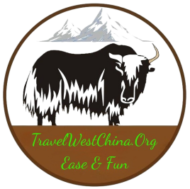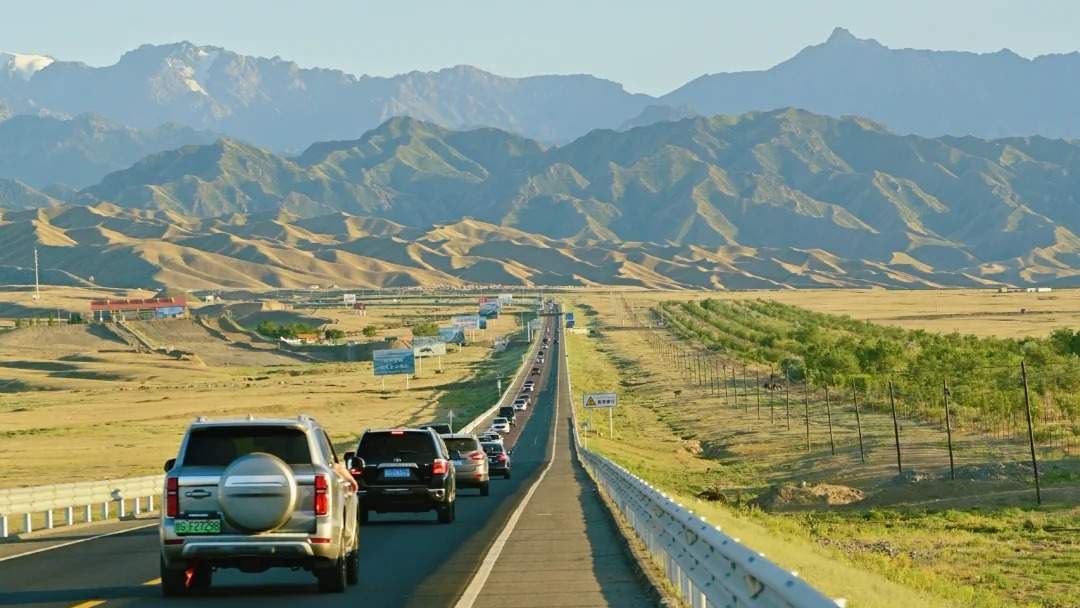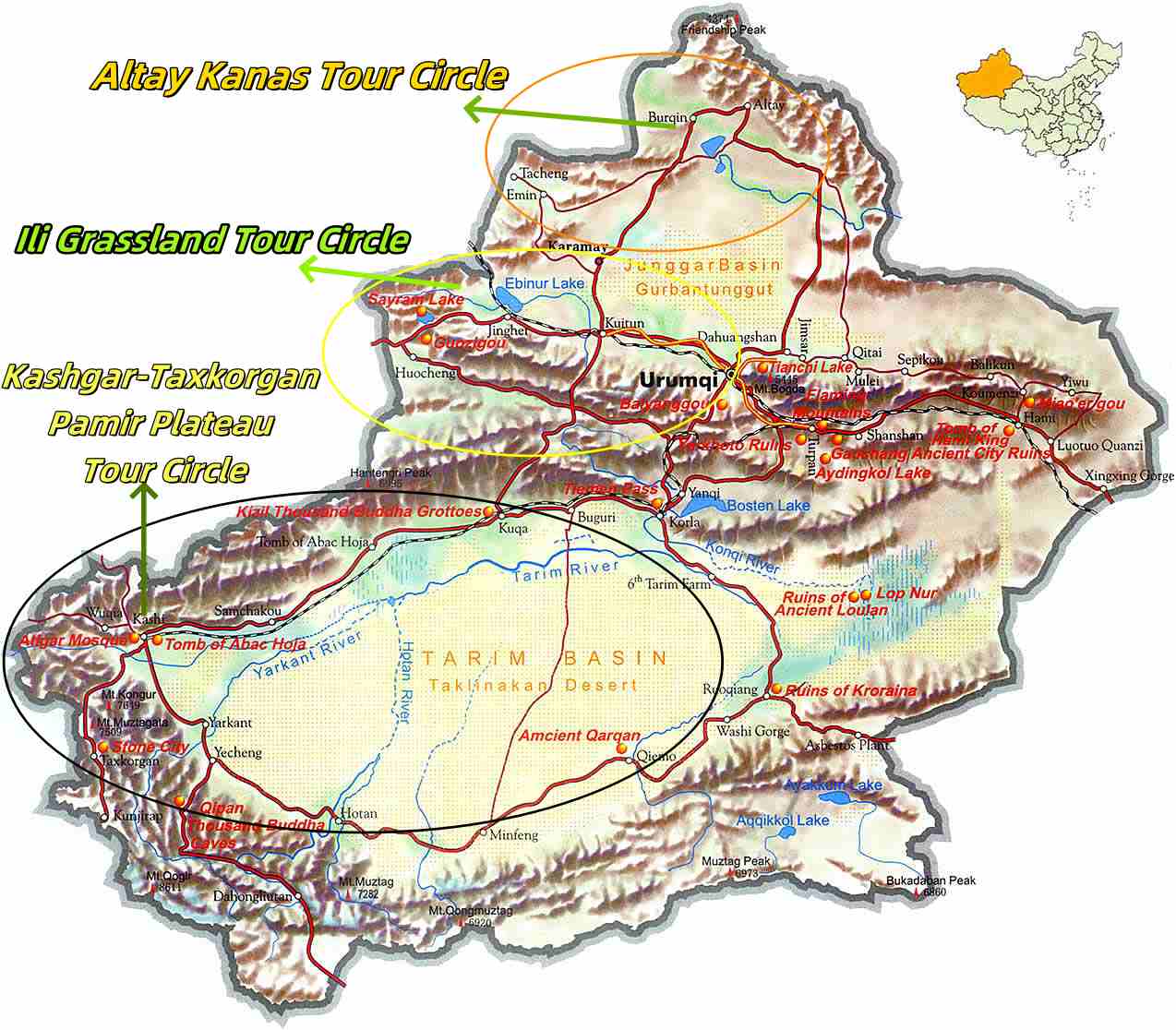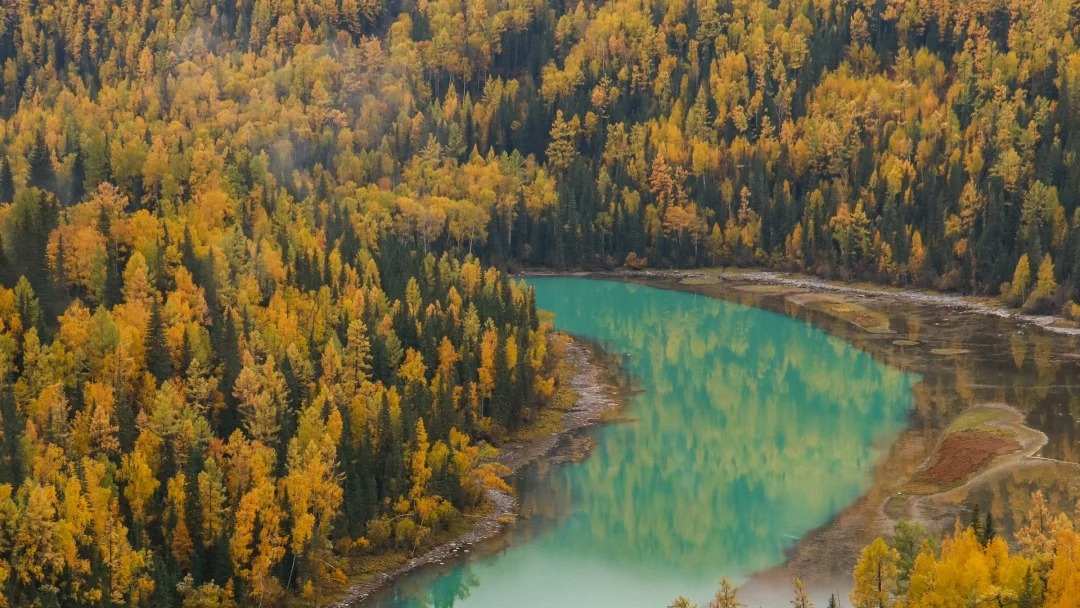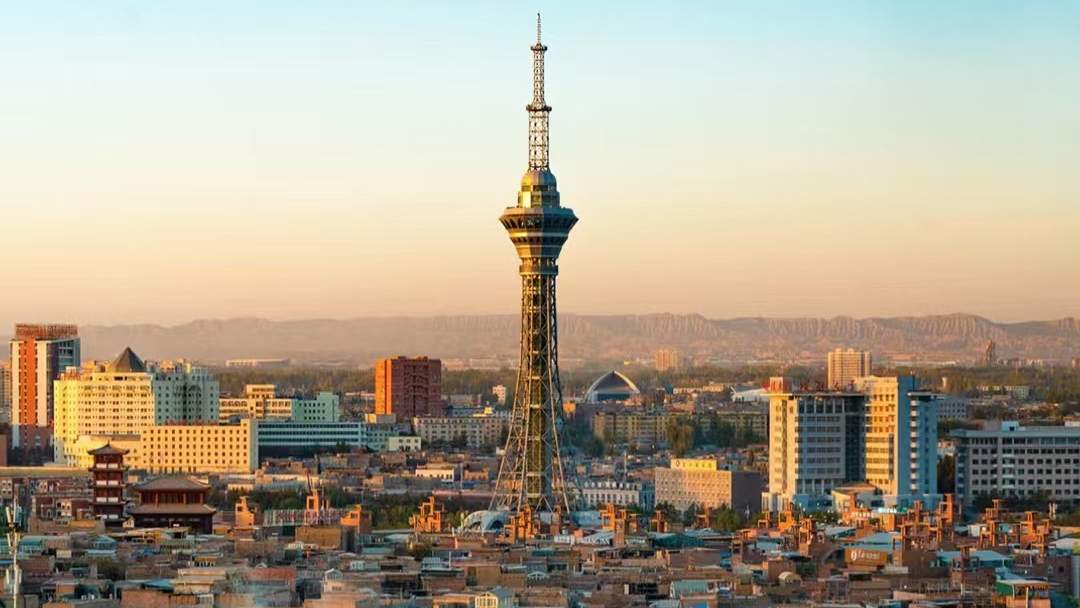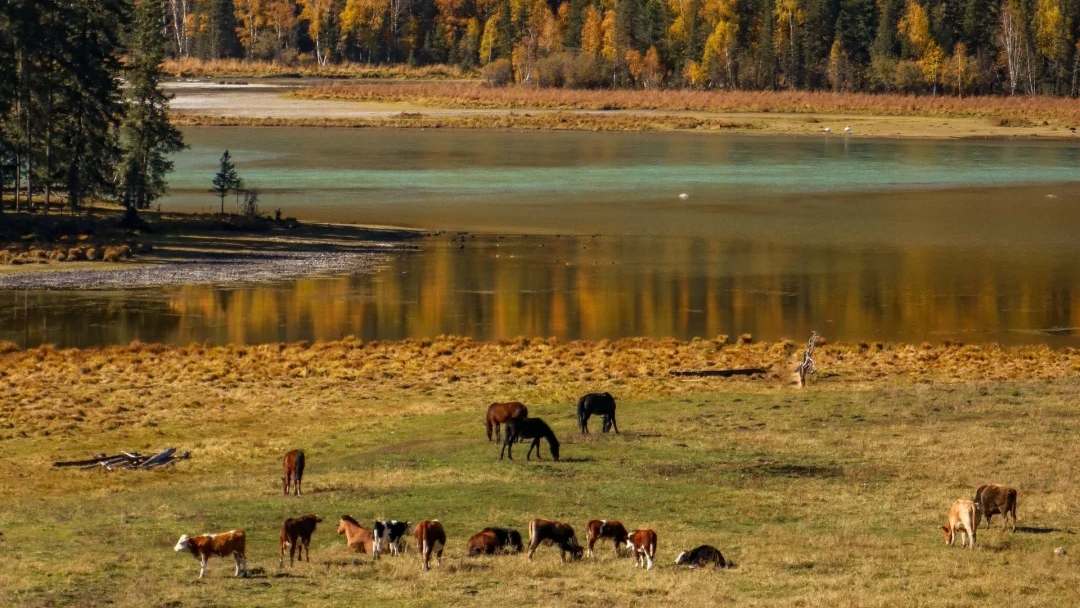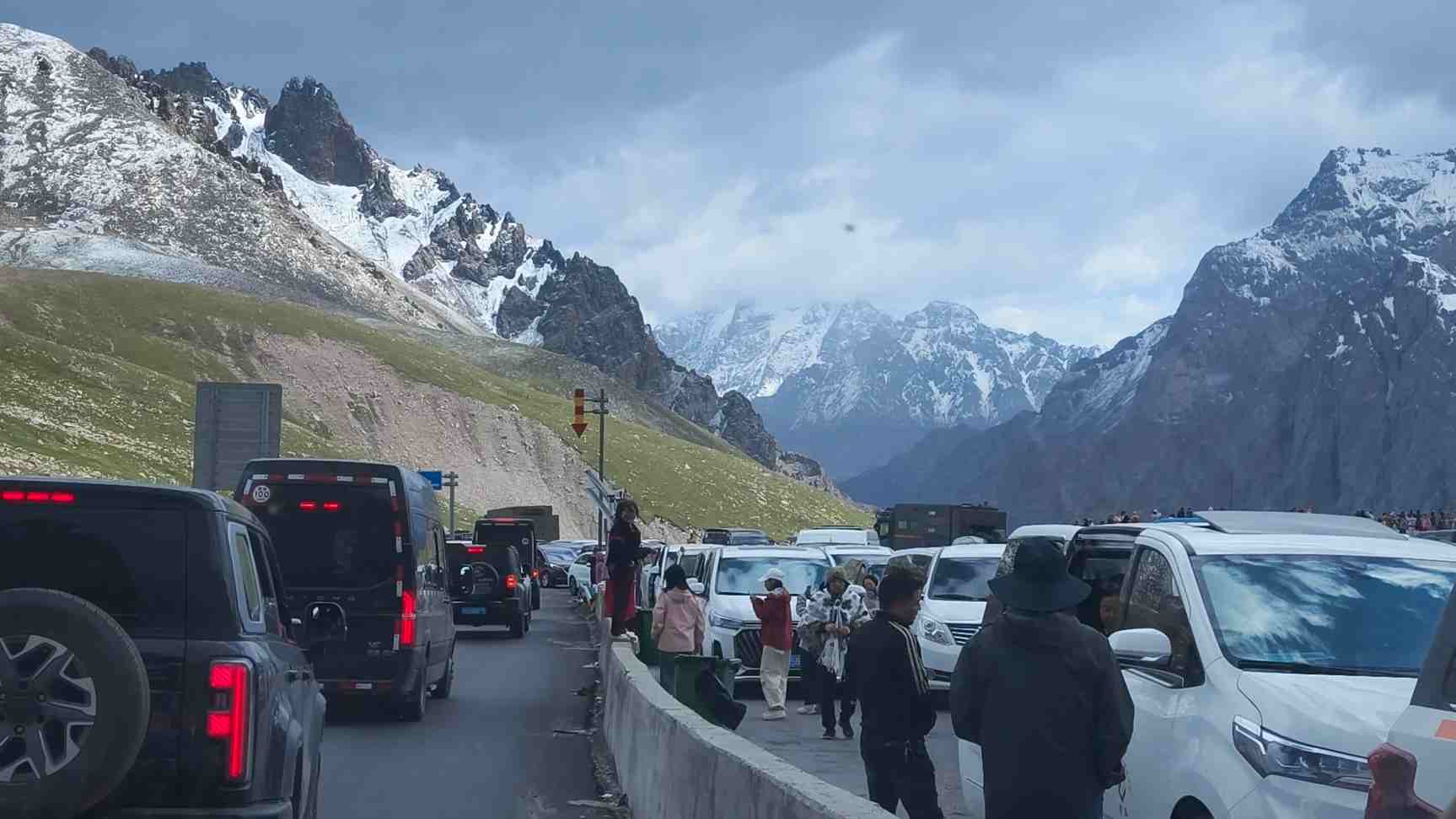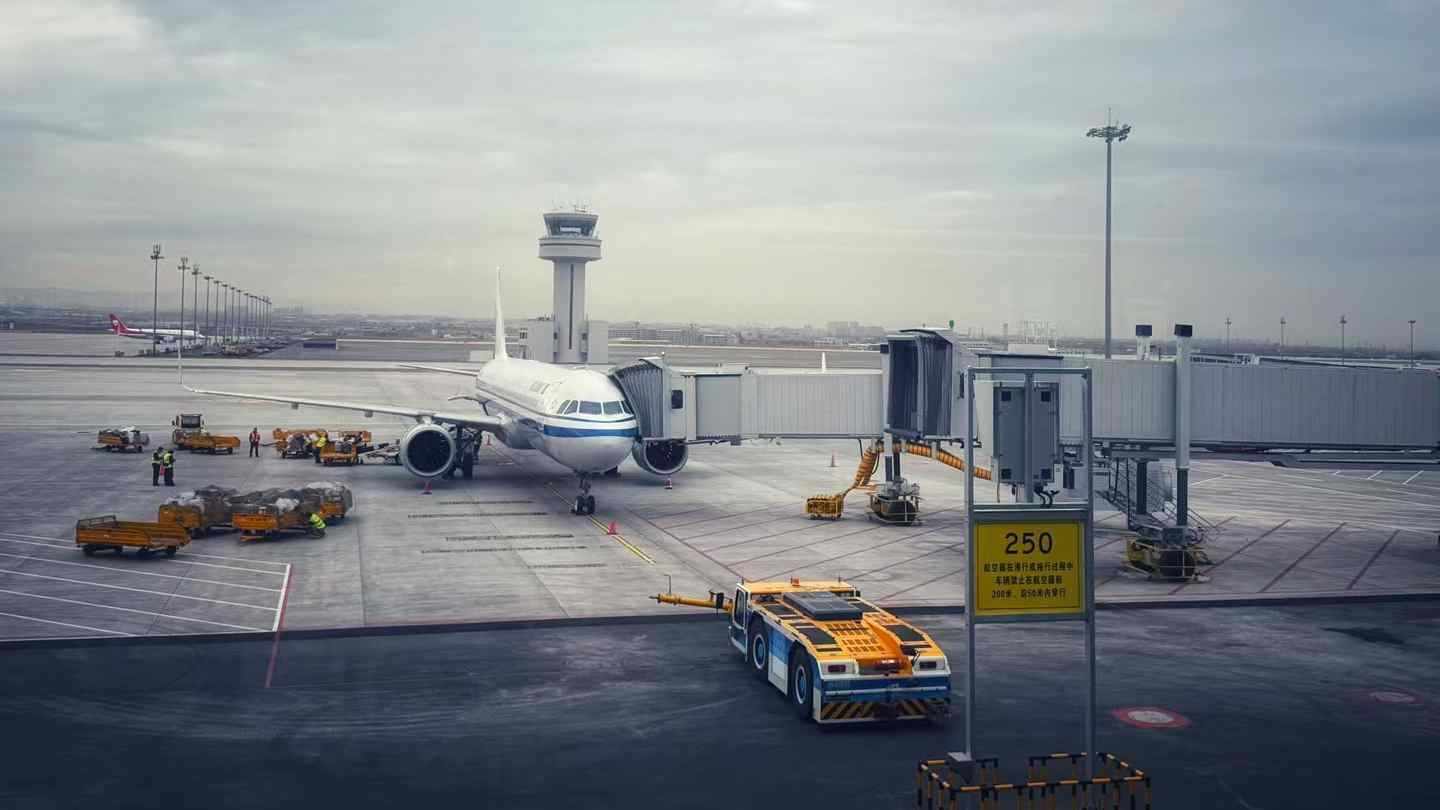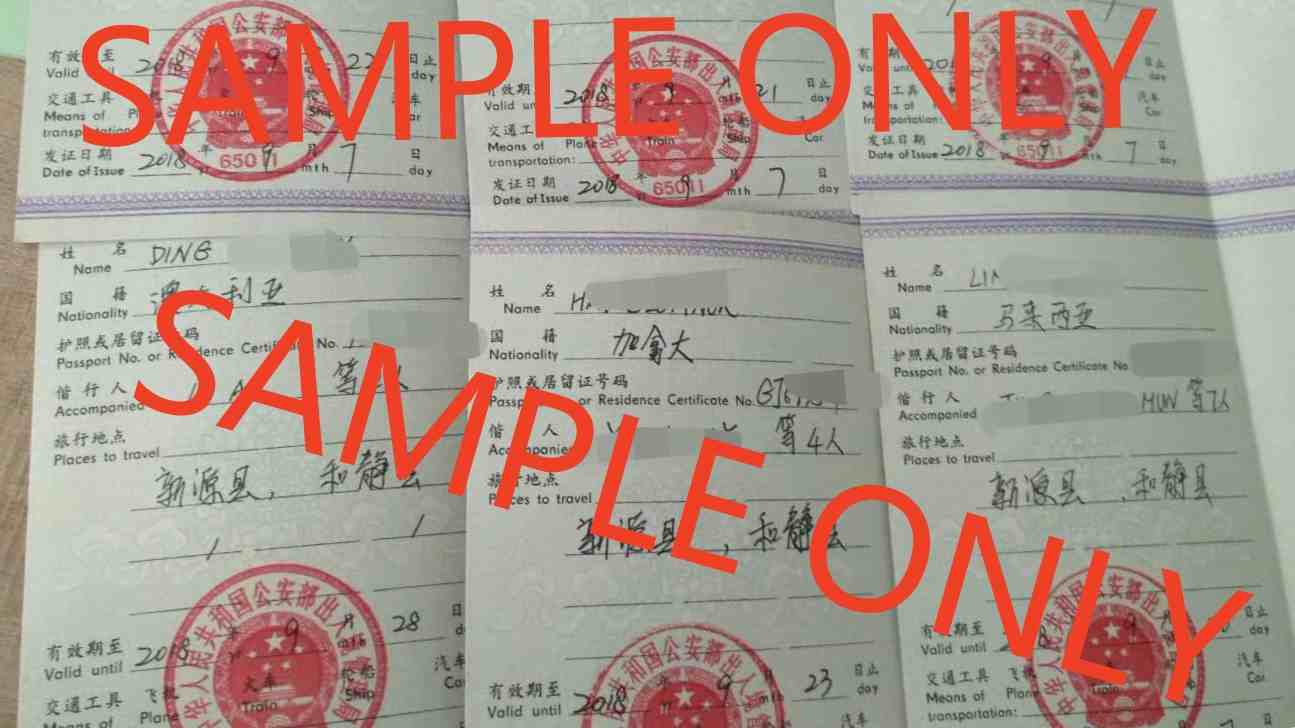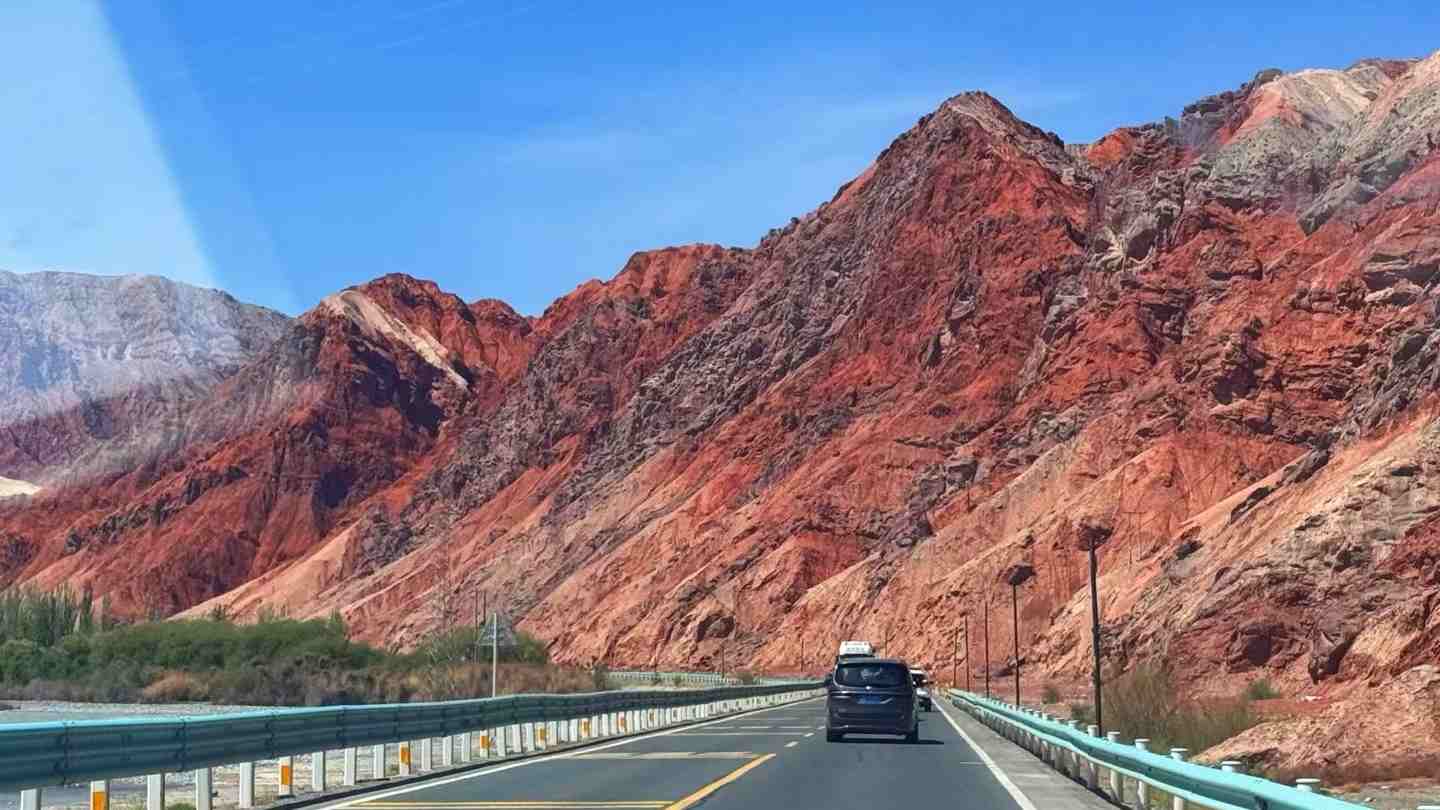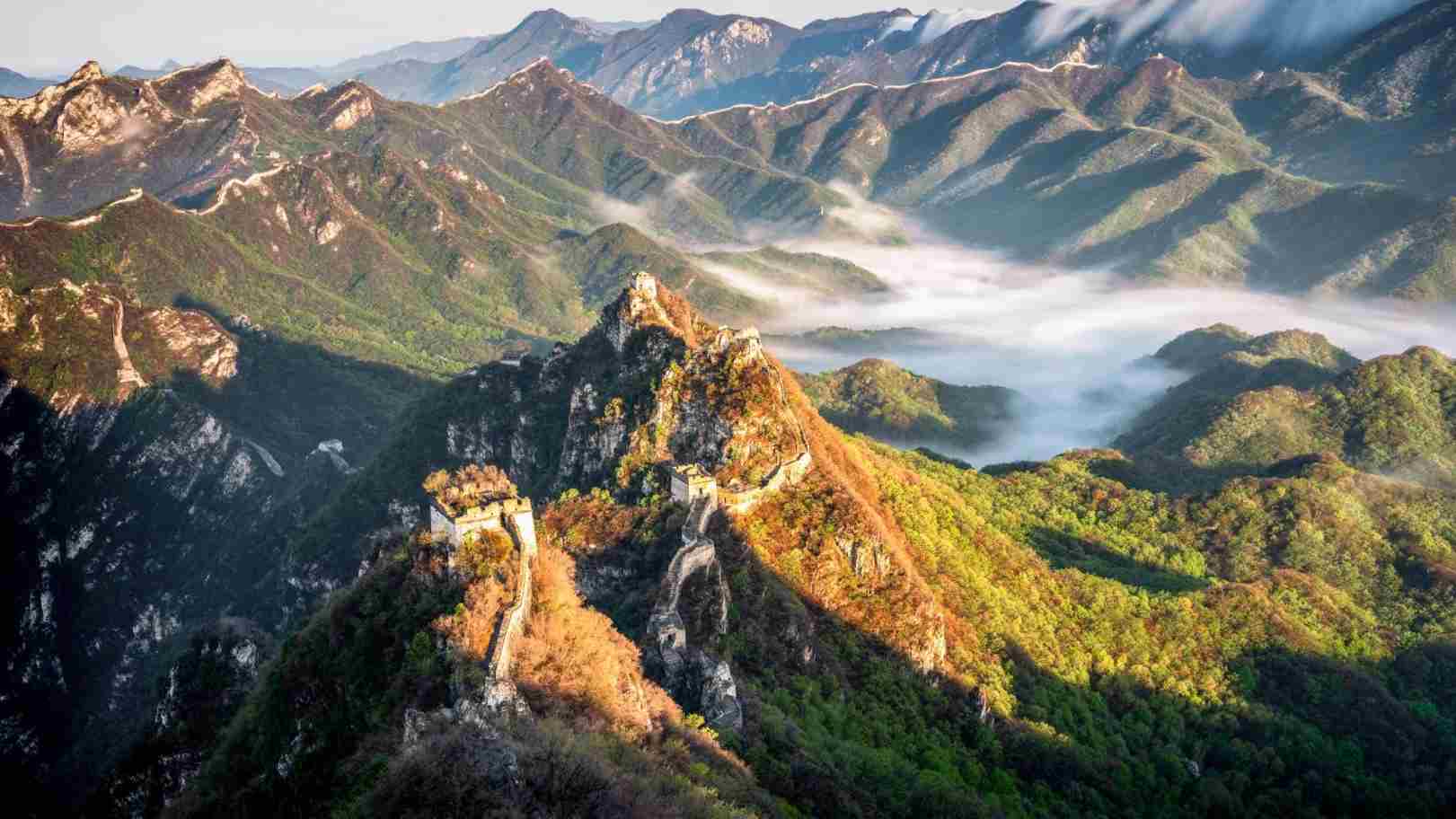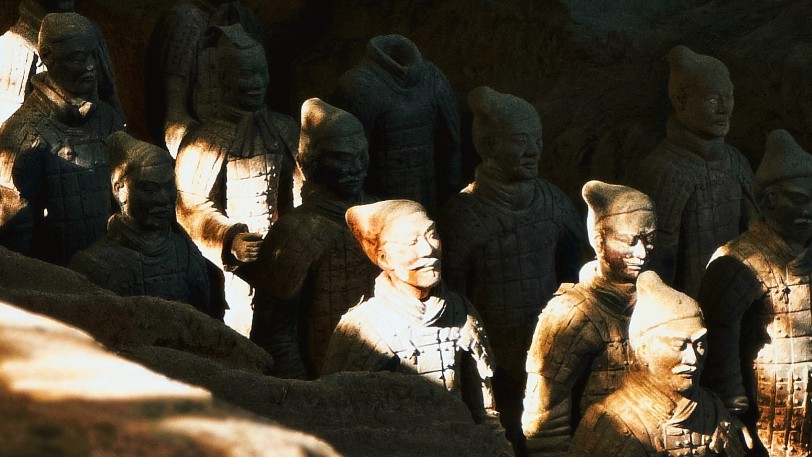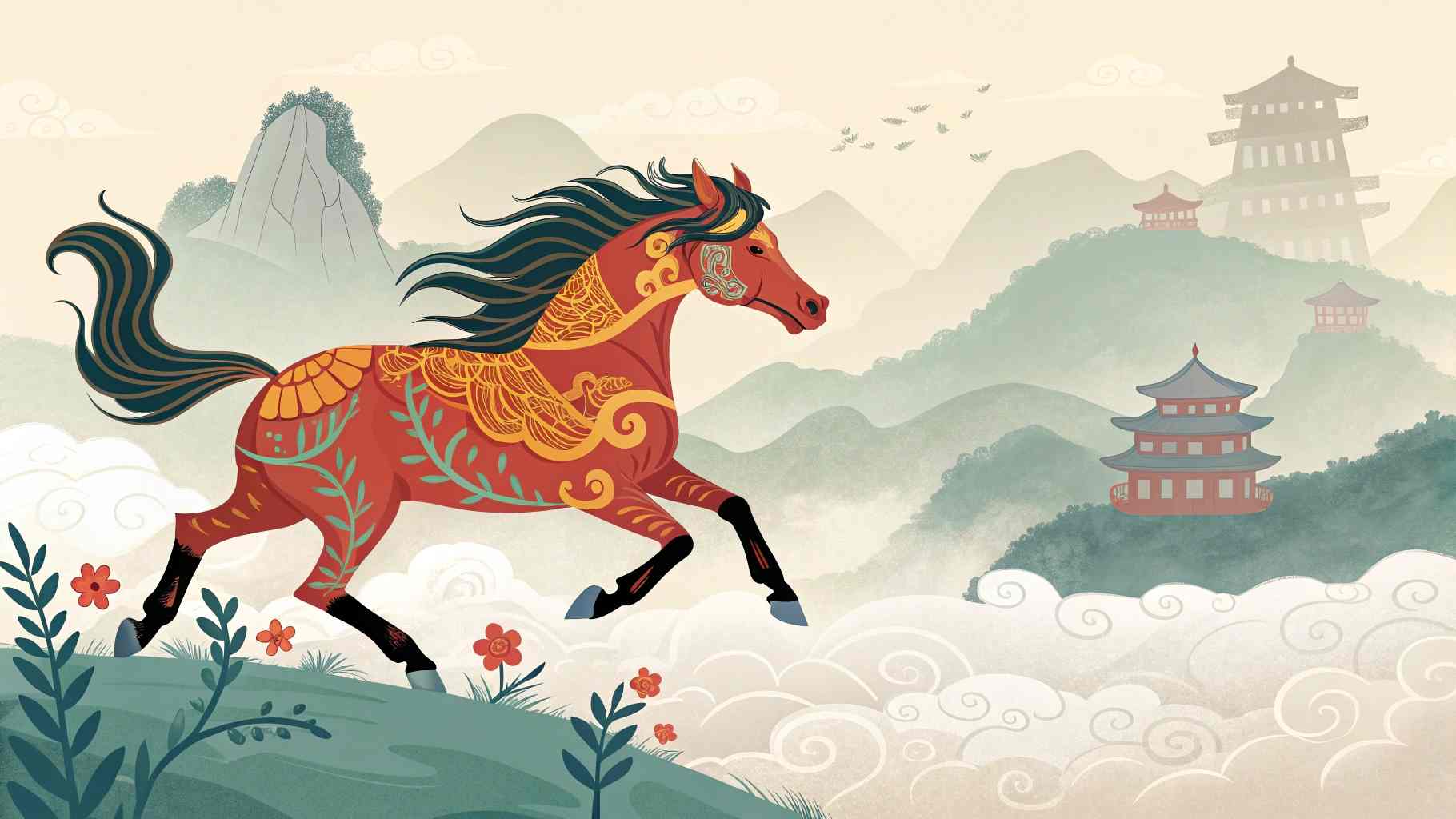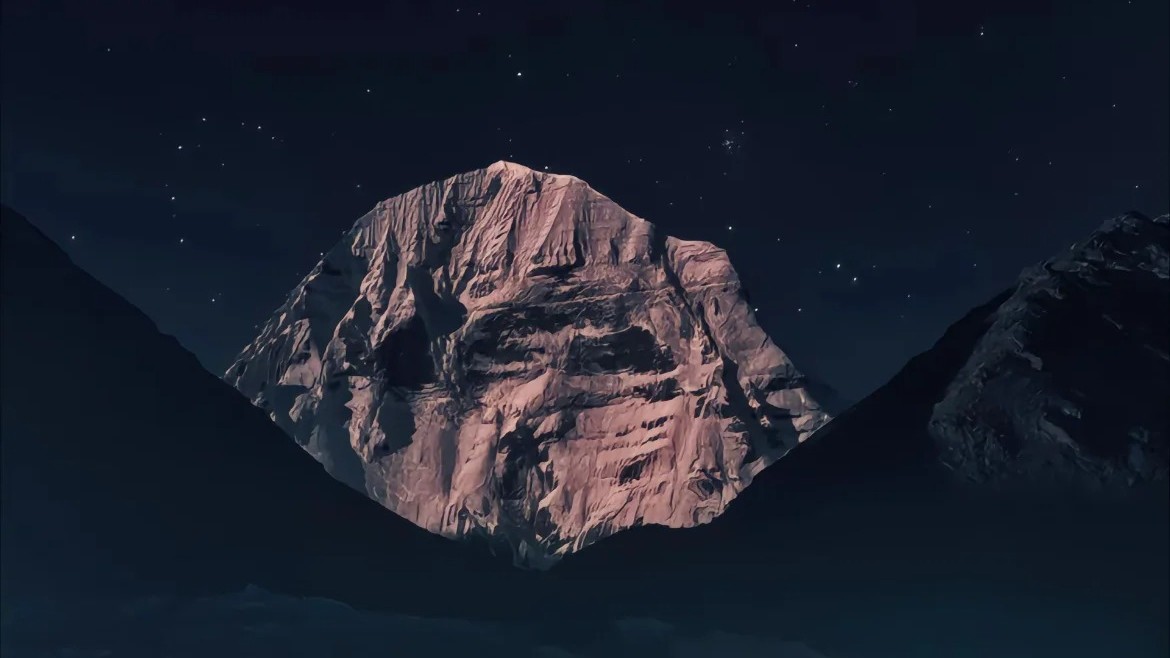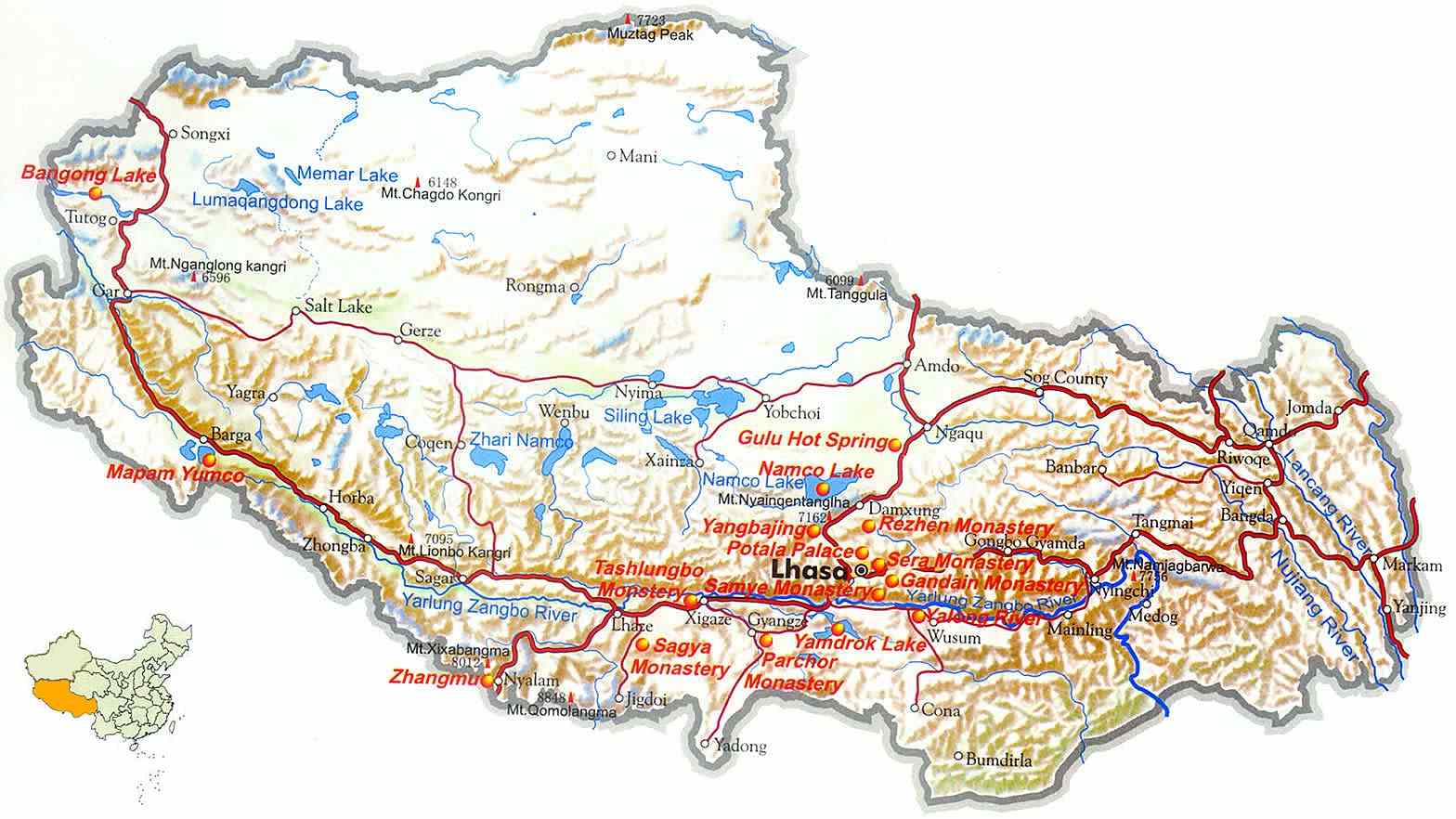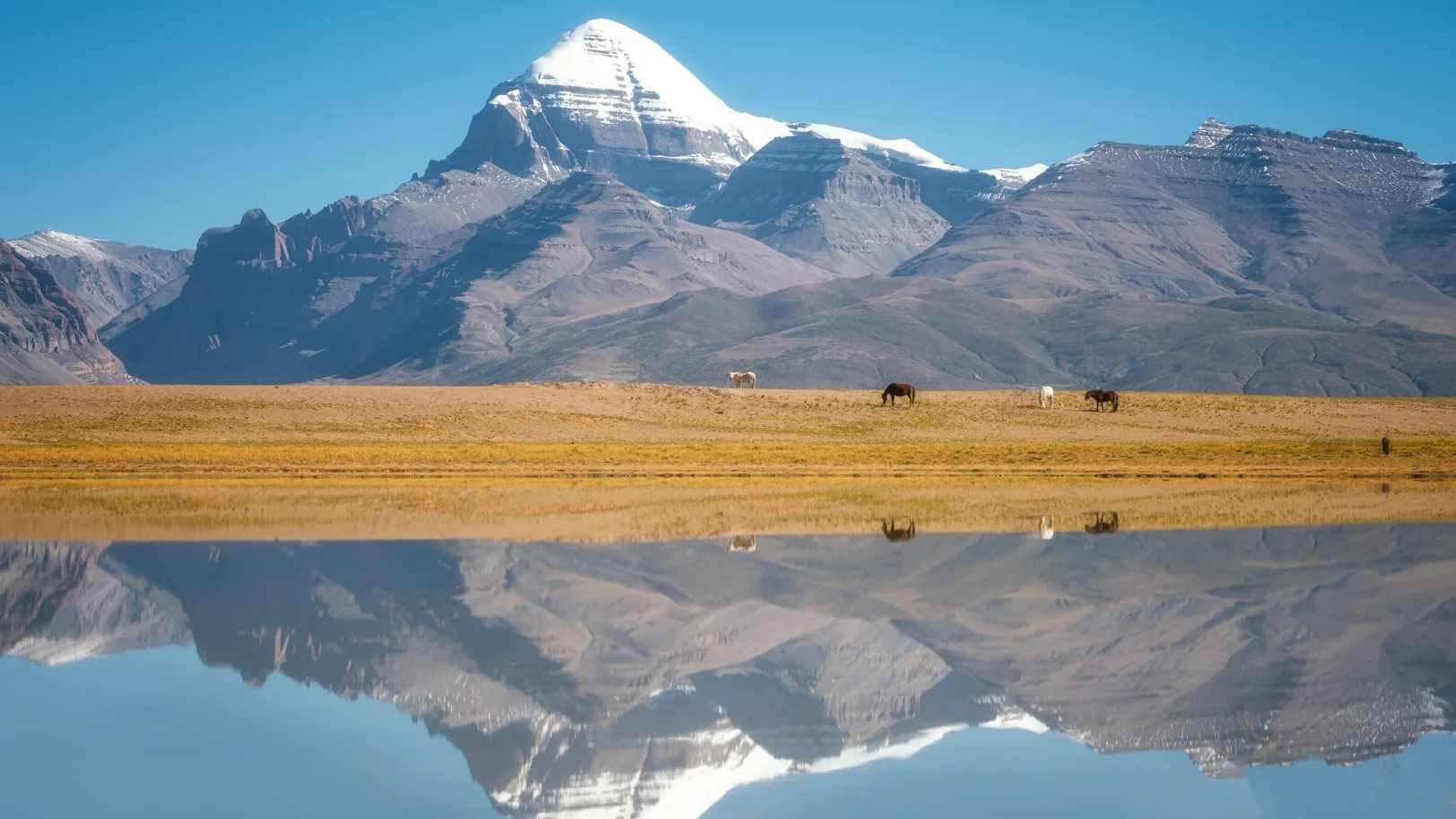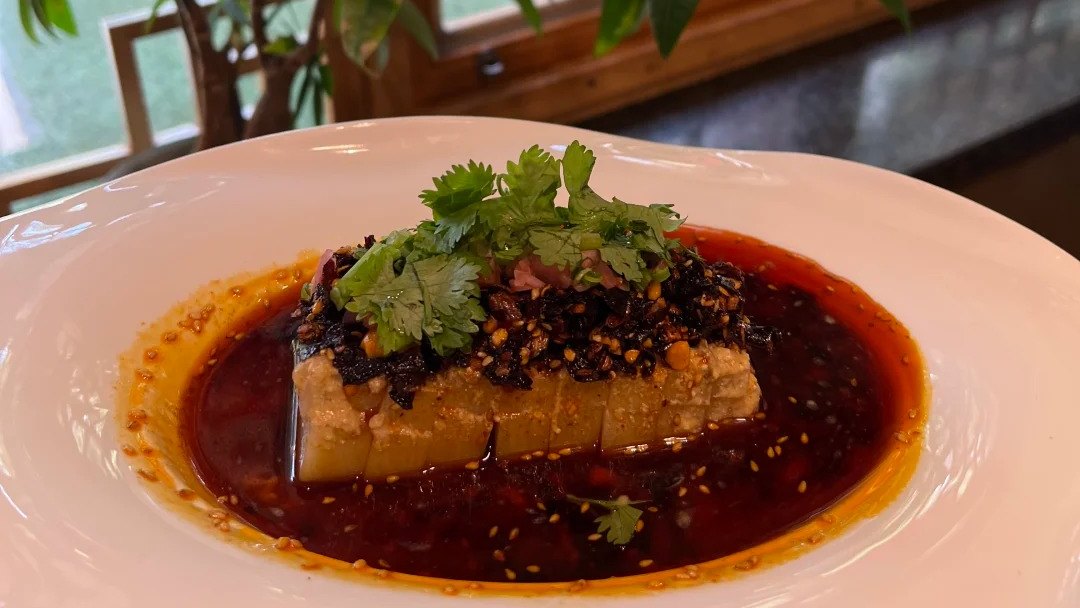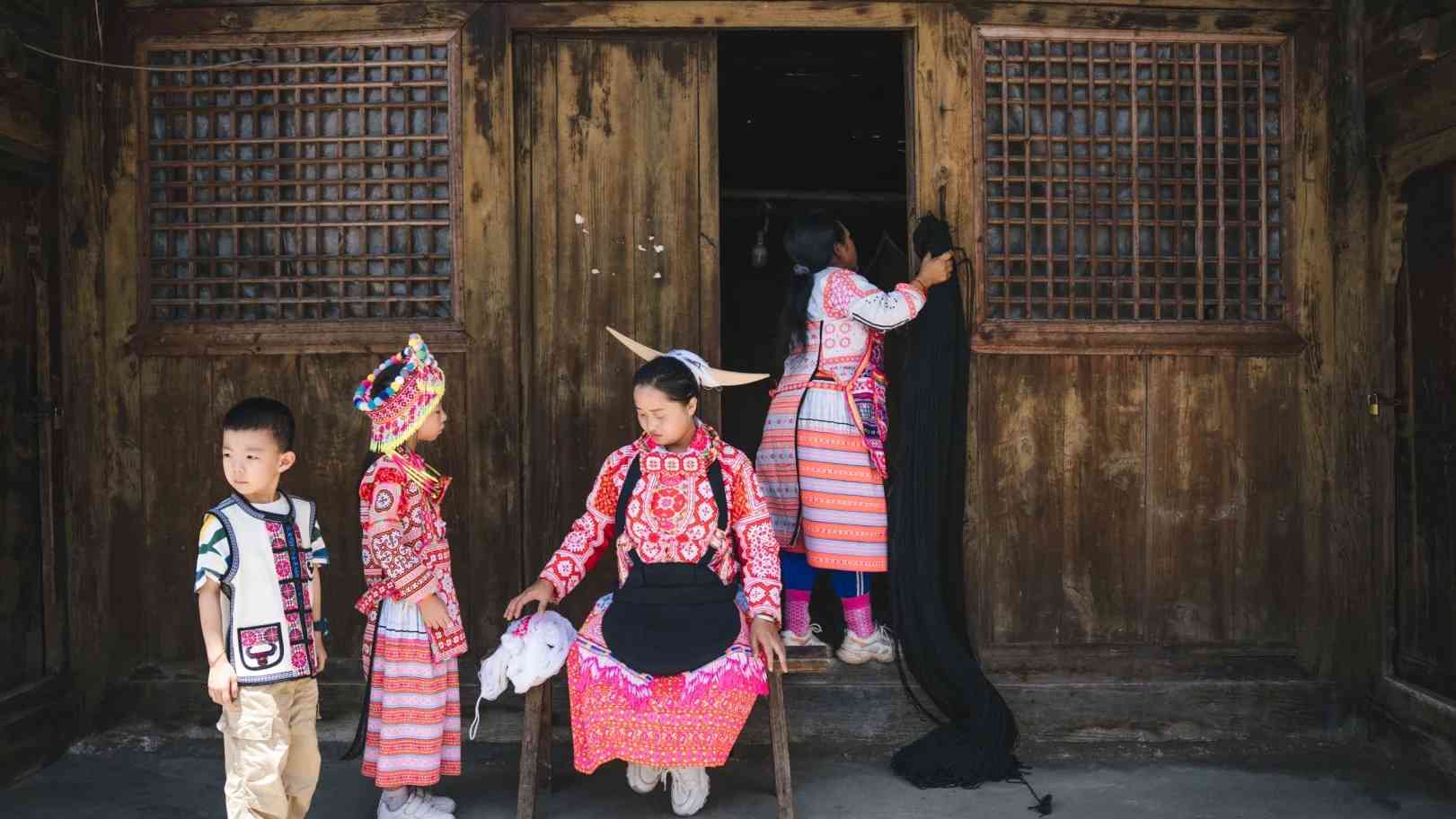Xinjiang Travel Simplified: Three Key Regions to Explore
Planning a Xinjiang trip can feel overwhelming. I will break down the region into three main areas for easier planning.
Xinjiang can be simplified into three key tourist regions: the Altay Circle, the Ili Circle, and the Kashgar Circle. Each area offers unique attractions, optimal seasons, and travel routes. Understanding these regions makes planning your Xinjiang adventure easier and more efficient.
Xinjiang1 is large, and it can be hard to know where to begin. I'll cover each area, including the best times to visit and what to see.
What is the Altay Tour Circle?
The northernmost part of Xinjiang is full of natural beauty. Think mountains, lakes, and forests.
The Altay Tour Circle, in the northernmost part of Xinjiang, features popular attractions like Kanas Lake, Hemu Village, Baihaba, and Koktokay. It is known for its stunning natural scenery and is especially beautiful in autumn and winter.
The Altay region2 is a must-see for nature lovers. The best time to visit is during September and October when the leaves change color. After that, it transforms into a winter wonderland perfect for skiing or seeing Hemu's winter scenery.
Kanas Lake is famous for its turquoise waters and mysterious legends. Hemu is a charming Tuvan village known for its wooden houses and beautiful landscapes. Baihaba is another scenic village close to the border. Koktokay National Park offers stunning views of mountains, forests, and rivers.
Here’s a breakdown of the Altay Circle's highlights:
| Attraction | Highlights | Best Time to Visit |
|---|---|---|
| Kanas Lake | Turquoise waters, forests, legends | September-October |
| Hemu | Wooden houses, scenic landscapes, Tuvan culture | September-October, Winter |
| Baihaba | Border village, stunning views | September-October |
| Koktokay3 | Mountains, forests, rivers | September-October |
The Altay Circle offers a mix of natural beauty and cultural experiences. Make sure to plan for cooler temperatures, especially in the evenings.
What is the Ili Tour Circle?
This area is famous for its grasslands and scenic drives. It is best visited in the summer.
The Ili Tourism Circle includes destinations like Sayram Lake, Karajun Grassland, Nalati Grassland, the Duku Highway, and Bayanbulak Grassland. The best time to visit is from June to September, when the Duku Highway is open.
The Ili region4 is best explored when the Duku Highway is open, which connects many of its main attractions. This highway is usually open from June to September and is a scenic drive that should not be missed.
Sayram Lake is a beautiful alpine lake with crystal-clear waters. Karajun and Nalati Grasslands offer stunning views of rolling hills and wildflowers. Bayinbuluk is home to the Swan Lake and the famous Nine Turns and Eighteen Bends of the Kaidu River.
The Duku Highway itself is a highlight, with breathtaking views at every turn.
Here's a simple guide to the Ili Circle:
| Attraction | Highlights | Best Time to Visit |
|---|---|---|
| Sayram Lake | Alpine lake, clear waters | June-September |
| Karajun Grassland | Rolling hills, wildflowers | June-September |
| Nalati Grassland | Scenic views, diverse landscapes | June-September |
| Duku Highway5 | Scenic drive, mountain passes | June-September |
| Bayinbuluk Grassland | Swan Lake, Nine Turns and Eighteen Bends of Kaidu River | June-September |
The Ili region is perfect for those who love scenic drives and wide-open spaces. Plan your trip around the Duku Highway's opening and closing dates.
What is the Kashgar Tour Circle?
This area has a rich cultural history. It is a good place to visit any time of year.
The Kashgar Tour Circle features attractions like Kashgar Old City, Muztagh Ata Peak, Baisha Lake, and the Pamir Highway. This region can be visited year-round, offering a mix of cultural and natural attractions.
Kashgar is a city with a rich history and unique culture. The Old City is a maze of narrow streets and traditional houses.
Muztagh Ata Peak is a stunning mountain that attracts climbers and photographers. Baisha Lake, or White Sand Lake, offers beautiful views of the desert landscape. The Pamir Highway is a scenic drive that takes you through the Pamir Mountains.
Unlike the other two regions, Kashgar can be visited any time of year. However, the best time to visit is during the spring or autumn when the weather is mild.
Here's a summary of the Kashgar Circle:
| Attraction | Highlights | Best Time to Visit |
|---|---|---|
| Kashgar Old City | Traditional architecture, local culture | Year-round |
| Muztagh Ata Peak | Stunning mountain views | Year-round |
| Baisha Lake | Desert landscape, beautiful scenery | Year-round |
| Pamir Highway6 | Scenic drive, Pamir Mountains | Year-round |
Kashgar is a great destination for those interested in culture and history. The region offers a unique glimpse into Xinjiang's diverse heritage.
North Xinjiang vs. South Xinjiang: Which is Best for Your First Trip?
Planning your first Xinjiang adventure? The choice between North and South can be tough.
North Xinjiang is best for first-timers, with its diverse natural scenery, well-developed infrastructure, and easier driving conditions. South Xinjiang offers a unique cultural experience, stunning landscapes, but involves higher altitudes and less convenient amenities.
I'll break down the differences in routes, scenery, and travel conditions. This will help you make the best choice for your first trip.
What are the Main Routes for North and South Xinjiang?
The routes in North and South Xinjiang differ greatly. Consider the distance, driving conditions, and what you want to see.
North Xinjiang features a circular route around Urumqi, Altay, and Ili, covering about 4,000 kilometers in 12 days. South Xinjiang’s routes are based around Kashgar, extending south along the Kunlun Mountains and east along the Tian Shan range, totaling nearly 3,000 kilometers.
The North Xinjiang route7 forms a loop. It starts and ends near Urumqi, hitting major spots such as Tianchi Heavenly Lake, Turpan, the Kumtagh Desert, the Altay region (Kanas), and the Ili region (Sayram Lake, Yining, Nalati Grassland, Bayanbulak). The distances between these spots are long.
The South Xinjiang route8 revolves around Kashgar. It is a round trip south along the Kunlun Mountains and east along the Tian Shan range. It includes destinations like Tashkurgan, Aksu, and Kuqa. This route avoids the Tashkuergan-Shache Ancient Road due to dangerous conditions. Also, it skips the desert highway because it involves a full day of driving with not much to see. Despite not forming a complete loop, this route still covers around 3,000 kilometers. It shows just how large Xinjiang truly is.
| Feature | North Xinjiang Route | South Xinjiang Route |
|---|---|---|
| Route Type | Circular | Round trip from Kashgar |
| Key Areas | Urumqi, Altay, Ili | Kashgar, Kunlun Mountains, Tian Shan |
| Distance | 4,000 km (12 days) | 3,000 km |
| Road Condition | Generally good, some mountain roads | Mix of highways and mountain roads, some high-altitude sections |
When deciding which route to take, think about what you're interested in. Are you interested in scenery or culture? Also consider how much driving you're willing to do.
What Kind of Scenery Can You Expect in Each Region?
The landscapes of North and South Xinjiang offer different experiences. Natural beauty versus cultural richness – which do you prefer?
North Xinjiang boasts diverse natural scenery, from snow-capped mountains and flower fields to deserts and lakes. South Xinjiang offers a mix of culture and grand landscapes, including ancient cities, high plateaus, and colorful canyons.
In North Xinjiang, the beauty is in the variety. You might see snow-covered mountains one day. You might also see flower fields, deserts, lakes, and grasslands all in one trip.
The colors are clear and pure, making everything look vibrant. Imagine starting your day shivering in a wooden cabin in Hemu, watching the mist-covered mountains. Then, you might end your day walking through the hot Kumtagh Desert.
South Xinjiang offers a different kind of beauty, rooted in culture and grand landscapes. You can explore the ancient city of Kashgar, visit local bazaars, and see the stunning Pamir Plateau9 with its glaciers.
Other highlights include the thrilling Panlong Ancient Road and the impressive Wensu Grand Canyon. The colors here are warmer, with more yellows and browns compared to the greens of North Xinjiang.
| Feature | North Xinjiang | South Xinjiang |
|---|---|---|
| Dominant Scenery | Diverse natural landscapes | Culture, grand landscapes |
| Key Features | Mountains, flower fields, deserts, lakes, grasslands | Ancient cities, high plateaus, canyons |
| Color Palette | Greens, blues, and whites | Yellows, browns, and reds |
Choosing between North and South depends on your preferences. If you love nature, North Xinjiang might be for you. If you like culture, you may enjoy South Xinjiang.
What are the Travel Conditions and Challenges?
Consider the challenges of each region before you go. Driving skills and altitude tolerance are important factors.
North Xinjiang has more developed tourist infrastructure but more mountain roads that require skilled driving. South Xinjiang has less developed amenities, higher altitudes exceeding 4,000 meters, and can cause altitude sickness.
North Xinjiang has well-developed tourist areas. However, the roads around Kanas are mountainous. You'll need a local confident experienced driver to navigate them safely. You will also find that there are more facilities like hotels and restaurants.
In South Xinjiang, the Pamir Plateau reaches elevations of over 4,000 meters. Some people may experience altitude sickness. The tourist infrastructure is less developed. This means you might have fewer choices for food and lodging. So you might need to prepare to travel in conditions that feel more basic and challenging.
| Feature | North Xinjiang | South Xinjiang |
|---|---|---|
| Road Conditions | Mountainous roads, requires skilled driving | Mix of highways and high-altitude roads |
| Infrastructure | More developed tourist facilities | Less developed facilities, more basic |
| Altitude | Generally lower altitudes | High altitudes, potential for altitude sickness |
Think about your comfort level when deciding which area to visit. If you prefer convenience, North Xinjiang is a better option. If you are okay with challenges, you might consider South Xinjiang.
Xinjiang Travel Guide 2025-2026: How to Plan Your Trip?
This guide will tell you what you need to know about getting there and what to watch out for.
Planning a trip to Xinjiang can seem confusing. This guide covers transportation options, permit requirements for different nationalities, and the best times to visit. It provides you with the essential information for your Xinjiang adventure.
Xinjiang is special, it's important to know where to start. If you are ready, let's get straight into the details.
How Do I Get to Xinjiang?
Xinjiang is far from other major cities in China. You need to consider how to get there first before anything else.
You can reach Xinjiang by air, train, or road. Flying is the fastest option, trains offer stunning scenery, and driving provides the most flexibility. Each method has its pros and cons, depending on your budget and time.
Choosing the right way to travel to Xinjiang depends on your time, budget, and what you want to see. Flying is the fastest, with direct flights from major Chinese cities to Urumqi. I have flown many times, as it is the easiest way to get there for a short trip. Trains offer incredible views of the landscape, especially on the Urumqi-Kashgar route. However, train journeys can be long. Driving gives you the freedom to explore at your own pace. However, it requires more planning and permits, especially in border areas.
Here's a simple breakdown:
| Method | Pros | Cons |
|---|---|---|
| Air | Fastest, most convenient | Can be expensive, less scenic |
| Train | Scenic, relatively affordable | Time-consuming, can be crowded |
| Road | Flexible, explore at your own pace | Requires permits, long distances, tiring |
Consider what is most important to you when making your decision. Also, always book in advance, especially during peak season.
What Travel Restrictions Apply to Xinjiang?
Xinjiang has special rules that you must know. These rules are different for people from different places.
Travel restrictions in Xinjiang vary based on your nationality and where you are from. Mainland Chinese citizens usually only need their ID. Hong Kong, Macau, and Taiwan residents need a Home Visit Permit. Foreigners typically need a PSB permit and must travel with a guided tour when you go to the Border Areas like Baihaba, Bayanbulak etc.
Understanding the travel restrictions is key to a smooth trip. For mainland Chinese, it's pretty straightforward. You just need your ID card. However, if you are from Hong Kong, Macau, or Taiwan, you will need a Home Visit Permit, which takes a few days to process.
The rules are stricter for foreigners. You will likely need a PSB travel permit10 (Public Security Bureau) and must be part of an organized tour when you travel to border areas. These permits can take weeks to process, so it's important to plan well in advance. I remember one time a client didn't realize how long the permit took and had to reschedule their entire trip.
Here is a quick table summarizing the requirements:
| Visitor Type | Required Documents | Processing Time |
|---|---|---|
| Mainland Chinese | ID card | - |
| HK/Macau/Taiwan | Home Visit Permit | 3-5 days |
| Foreigners | PSB permit + Guided Tour | 15-30 days |
Always check the latest regulations with us before you travel, as these rules can change.
When Is the Best Time to Visit Xinjiang?
Xinjiang has distinct seasons. Each season offers a different experience.
The best time to visit Xinjiang depends on what you want to do. Spring and autumn offer mild weather perfect for exploring. Summer is ideal for hiking in the mountains, while winter offers unique snow scenery and winter sports.
Xinjiang’s weather varies a lot depending on where you are and the time of year. I usually recommend spring (April-May) or autumn (September-October). The weather is pleasant, and the crowds are smaller than in summer.
Summer (June-August) can be very hot, especially in the desert areas. However, it's the best time for hiking in the Tianshan Mountains. Winter (November-March) is cold, but the snow-covered landscapes are stunning. You can also enjoy winter sports like skiing.
Here's a quick season guide:
| Season | Months | Activities |
|---|---|---|
| Spring | April-May | Exploring cities, cultural sites |
| Summer | June-August | Hiking, mountain trekking |
| Autumn | Sept-October | Sightseeing, photography, harvest festivals |
| Winter | Nov-March | Winter sports, snow scenery |
Think about what activities you are interested in and plan your trip accordingly. Remember to pack appropriate clothing for the season.
Conclusion
Planning a Xinjiang trip requires preparation. But with the right information, you can have an unforgettable adventure.
Xinjiang has so much to offer. By understanding these tour circle regions, planning your trip becomes much easier.
For your first trip to Xinjiang, I recommend North Xinjiang. It is easier to travel, has beautiful scenery, and provides a good overview of the region.
-
Explore the diverse natural scenery and well-developed infrastructure that make Xinjiang ideal for first-timers. ↩
-
Explore the breathtaking natural beauty and cultural experiences in the Altay Circle, a must-visit for nature lovers. ↩
-
Explore the natural beauty of Koktokay National Park, known for its mountains, forests, and rivers. ↩
-
Discover the stunning grasslands and scenic drives of the Ili Circle, perfect for summer adventures. ↩
-
Find out why the Duku Highway is a scenic drive not to be missed during your visit to the Ili region. ↩
-
Experience the breathtaking views along the Pamir Highway, a scenic drive through the majestic Pamir Mountains. ↩
-
Learn about the scenic circular route in North Xinjiang and the attractions along the way, and plan your visit effectively ↩
-
Discover the unique cultural richness and stunning landscapes that South Xinjiang offers for an unforgettable adventure. ↩
-
Learn about the breathtaking landscapes and cultural experiences on the Pamir Plateau. ↩
-
Understand the requirements and process for obtaining a PSB permit for your Xinjiang trip. Stay informed about the travel restrictions in Xinjiang to ensure a smooth trip. ↩

